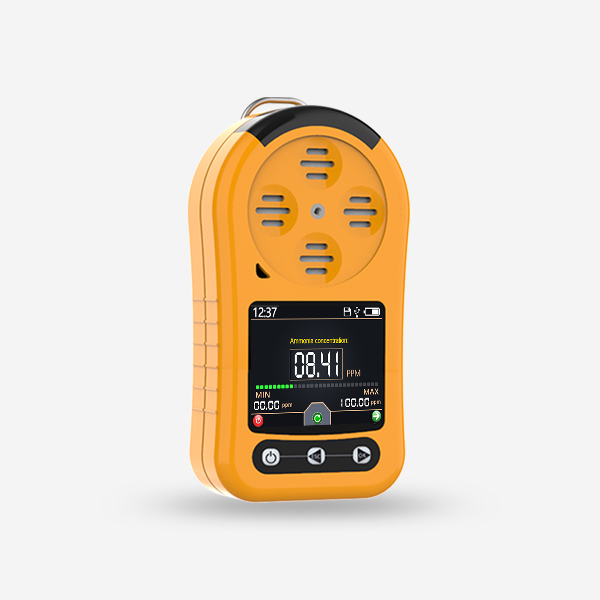Introduction to noxious gas detector
Noxious gas detector is a device that uses chemical sensors to detect the concentration of harmful gases in the air. Equipment is usually found in industrial Settings, laboratories, mines and other locations where toxic gases need to be monitored. It can provide accurate warning information for the staff to take necessary protective measures in time.
The selection of the right noxious gas detector is a crucial decision that needs to be made with careful consideration. The following are some important factors to consider when selecting a noxious gas detector:

Factors to consider when choosing a toxic gas detector
Detection range:
The detection range of the toxic gas detector should be clearly defined in the user manual. This allows the user to determine the minimum and maximum operating ranges of the detector. A detector that can detect noxious gases at ranges as low as 50 mBq (0.056 kg) and as high as 500 mBq (0.50 kg) can be essential in industrial, research and educational environments.

Operating mode:
The operating mode of the toxic gas detector should match its use场所. Some toxic gas detectors can only be used as dedicated sensors or in combination with other equipment, while others can operate in a general-purpose mode and can be connected to other gas analyzers or smartphones for real-time monitoring. It is important to identify which operating mode is most appropriate for the environment.
Precision:
The precision of the noxious gas detectors should be assessed. This refers to the accuracy of the detector’s response and the ability to distinguish between different types of gases. In order to achieve high precision, it is necessary to select detectors with high-quality materials and equipment, as well as sophisticated and precise software algorithms.
Burden weight:
The ability to sense noxious gases over a certain time interval and display that data to the user are two factors that need to be considered when selecting a toxic gas detector. The detector should have the ability to sense the presence of toxic gases over a period of time, and provide data such as the time of detection, the detected concentration and any alarms.
Compatibility with other equipment:
The toxic gas detector should be compatible with other equipment in the same system, such as gas analyzers, pressure regulators and control systems. This allows for a seamless integration of the entire system and reduces potential issues such as data inconsistencies or unnecessary equipment replacements.
Light weight and easy to use:
When selecting a toxic gas detector, it is important to consider whether it is lightweight and easy-to-use for both personnel and maintenance personnel. This can reduce workload and make maintenance easier, while also facilitating quick adjustments or adjustments in case of emergencies.
Compliance with local regulations:
Finally, it is essential to consider the local regulations in which the toxic gas detector must be installed. Some countries or regions have specific regulations regarding the type of noxious gas detectors that can be used, as well as the required testing procedures and certifications. It is important to check whether the detector complies with these regulations and complying with them will ensure long-term operation and data accuracy.
In conclusion, when selecting a noxious gas detector, it is essential to consider all relevant factors, including detection range, operating mode, precision, burden weight, compatibility with other equipment, light weight and easy-to-use, compliance with local regulations, etc.
Only when all these factors are taken into consideration can a user select a suitable device for their specific usage environment and operation conditions. It is worth noting that not all organizations or facilities will require noxious gas detection capabilities. The decision-making process should be tailored to the specific needs of the organization or facility and their safety culture.